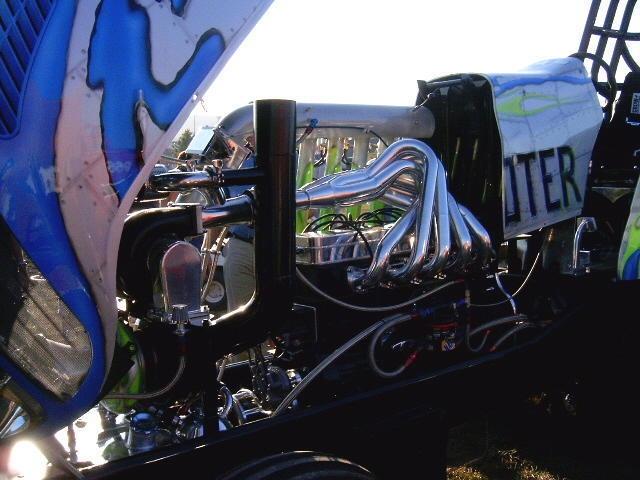Joesixpack
Pull'n it.
- Joined
- Apr 4, 2008
- Messages
- 4,118
You must have misunderstood something.
I just want to see that water cooled manifold.
And why not cool the gas. Heat isn't important right?
You must have misunderstood something.
I've bolted on tubular manifolds and without tuning seen a drop of 200* and have lost zero response or spool up.
I just want to see that water cooled manifold.
And why not cool the gas. Heat isn't important right?
I sited an example showing exactly the opposite. And just to make it clear no one needs a data logger to be able to observe boost response from 0 to 10 psi I assure you i'm not making the results I noticed up. Now, that being said what would be your explanation for the difference? Also, the exhaust manifold had less volume than the header.
How bout this. Passenger donates a header to me and I run down to the local dyno and compare it and my ported stocker. Sound good? LOL
I just want to see that water cooled manifold.
And why not cool the gas. Heat isn't important right?


what increases velocity? pressure... what increases pressure? HEAT
water cooled manifolds and turbine housings are used for marine applications to reduce engine room/bay temps to prevent fires... marine applications are constant load and higher RPM, they're not concerned with low RPM spool up
Hurley said:who else has been drinking?
who else has been drinking?
what increases velocity? pressure... what increases pressure? HEAT
water cooled manifolds and turbine housings are used for marine applications to reduce engine room/bay temps to prevent fires... marine applications are constant load and higher RPM, they're not concerned with low RPM spool up
the heat is in the engine's exhaust gas... that wasn't a serious question, right?
the argument is letting it radiate through the header primaries vs. being focused on the turbine
burning fuel and air causes it to be hot
sounds like there isn't a lot of heat loss from radiating... Have you tried coating/wrapping to see what it does?
I liked my equal length header... very low egt's
I know on the thinwall stuff, the headers would disintegrate from the heat, but we weren't coating the inside.
you probably wouldn't be able to quantify anything with your thick wall stuff, but it would be interesting to try and put all this to bed
